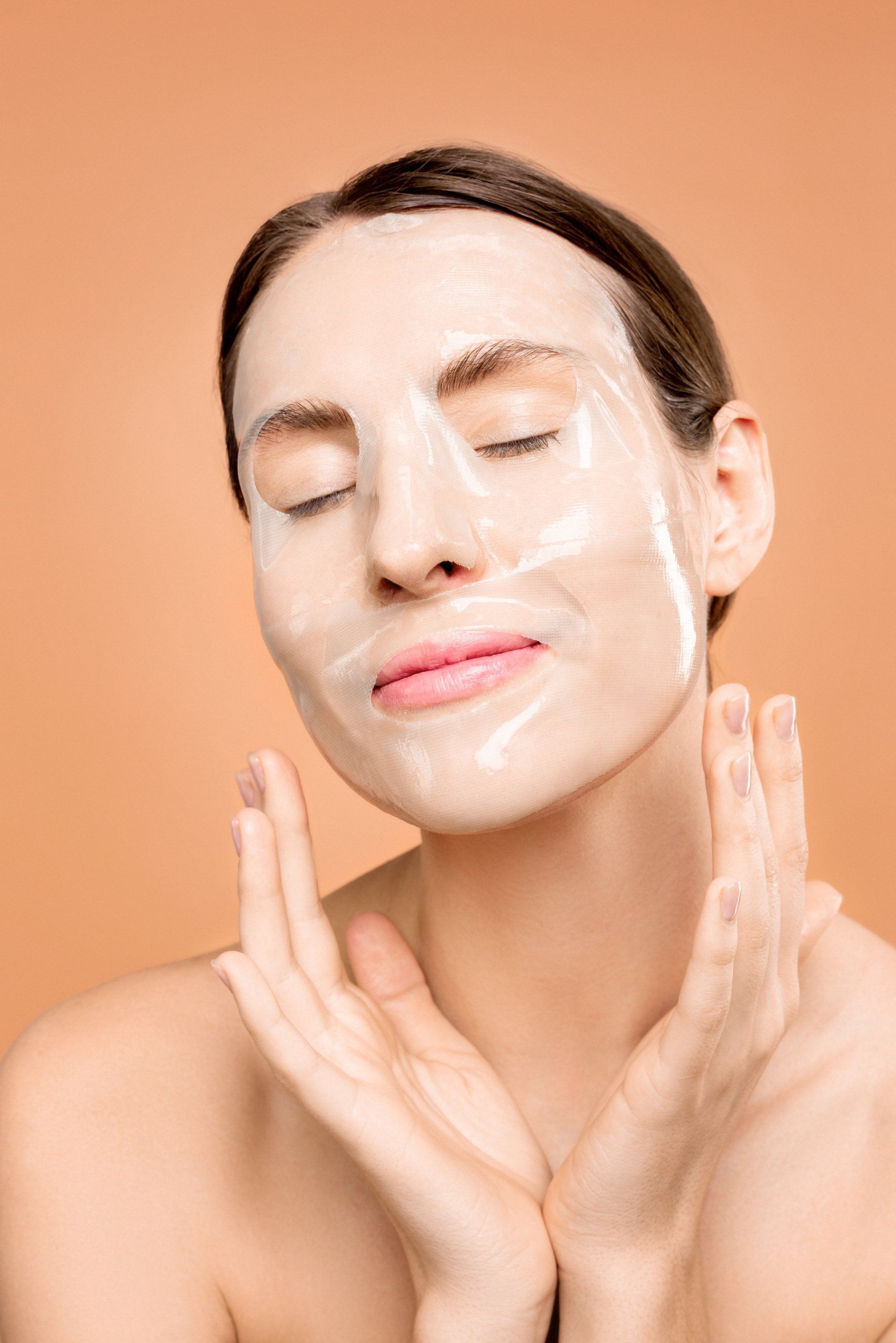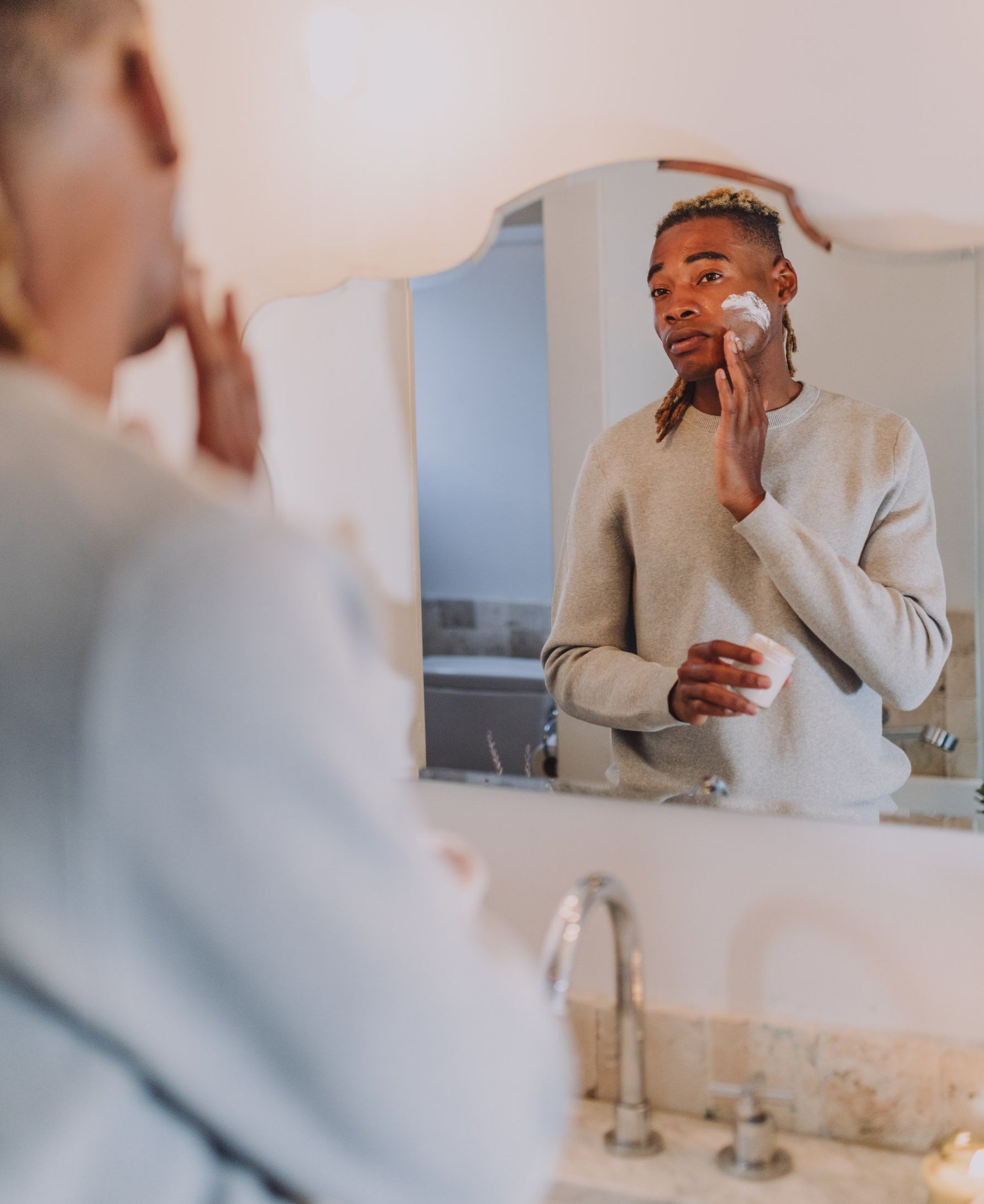Chemical Peels
Revitalise your skin with chemical peels.
Key facts
Chemical peels are cosmetic procedures used to improve the appearance of the skin by applying a chemical solution to exfoliate the outermost layers of the skin. The process helps to stimulate skin regeneration and reveal a smoother and refreshed complexion.
How it works: chemical exfoliation of the skin
Anaesthesia: not required
Recovery time: 1 week
Results: after 1 week
Lasts: 1 year
What is a chemical peel?
A chemical peel is a cosmetic procedure to improve the appearance of the skin by applying a chemical solution to exfoliate the outermost layers of the skin. The process helps to stimulate skin regeneration and reveal a more youthful, and refreshed layer of skin.
Chemical peels can be applied to any part of the body, but the most common areas include the face, neck, and the hands.
There are generally three types of chemical peels:
- Superficial Peels: these peels are the mildest and only target the outermost layer of the skin (epidermis).
- Medium Peels: These peels penetrate deeper into the skin, targeting the outer and middle layers (epidermis and upper dermis).
- Deep Peels: Deep peels are the most intensive and reach the deeper layers of the skin (dermis).
The deeper the peel, the bigger the effect on the skin, but also the longer the recovery time.
Should I have a chemical peel?
A chemical peel is for anyone who wants to rejuvenate their skin. Especially for people who want to improve the texture of their skin, pigmentation or acne scars, a chemical peel might be beneficial.
During your consultation, Dr. Gino Vissers will assess your skin type, concerns and medical history, and determine whether you are a good candidate for a chemical peel.
A chemical peel can improve any of the following issues:
- Fine lines and wrinkles
- Sun damaged skin
- Scar remodelling
- Hyperpigmentation
- Overall collagen production
- Overall skin radiance and glow

How does a chemical peel work?
A chemical peel works by applying a chemical solution to the skin, which causes controlled exfoliation of the outermost layers of the skin. This exfoliation prompts the skin's natural healing process, leading to the generation of new skin cells and collagen production. The result is a fresher, smoother, and more even-toned complexion.
A chemical peel by Dr. Gino Vissers will consist of the following steps:
- Skin Cleansing:
Before the chemical peel is applied, the skin is thoroughly cleansed to remove any dirt, oils, or makeup.
- Chemical Application: The chosen chemical solution is carefully applied to the skin using applicator gauze. The type and strength of the chemical solution are selected based on the specific skin concerns being addressed and the desired depth of treatment. Dr. Gino Vissers uses different peelings, including TCA peels and phenol peels.
- Exfoliation:
The chemical solution causes controlled and precise exfoliation of the outer layers of the skin.
- After Care:
Dr. Gino Vissers will provide after care products, including moisturising and sun protection, which are important during the healing process.
What to expect after a chemical peeling?
After a chemical peel, the skin undergoes a healing process, and you may experience various skin reactions. The extent and duration of these effects depend on the type and strength of the chemical peel performed. The typical peeling reacting involves mild to moderate redness for a few days, followed by peeling and flaking of the skin at day 3. The peeling process should be complete after 1 week.
Your skin may feel dry or tight following a chemical peel. Proper moisturisation can help alleviate this sensation. It is essential to avoid sun exposure and wear a broad-spectrum sunscreen with high SPF following your chemical peel, as the skin becomes temporarily more sensitive to sunlight..
As the skin heals, you will notice improvements in skin texture, tone, and the reduction of certain skin concerns like fine lines, wrinkles, and hyperpigmentation. In some cases, a series of chemical peel treatments may be recommended to achieve the desired results. The treatments are typically spaced several weeks apart.
Dr. Gino Vissers will provide detailed instructions to promote optimal healing and ensure a smooth and comfortable recovery process. It is important to follow the post-treatment care instructions provided by Dr. Gino Vissers to promote correct healing and achieve optimal results.



